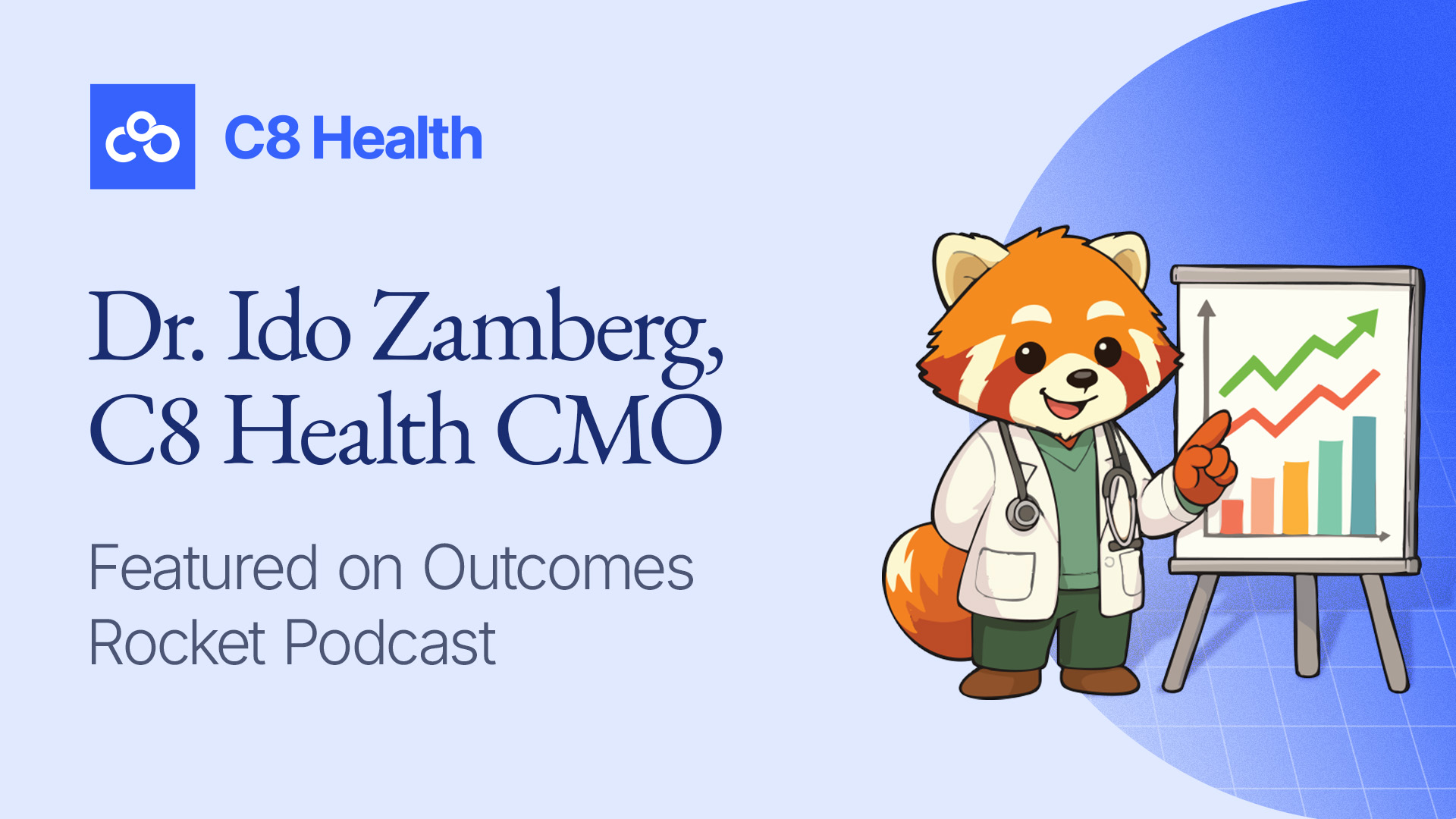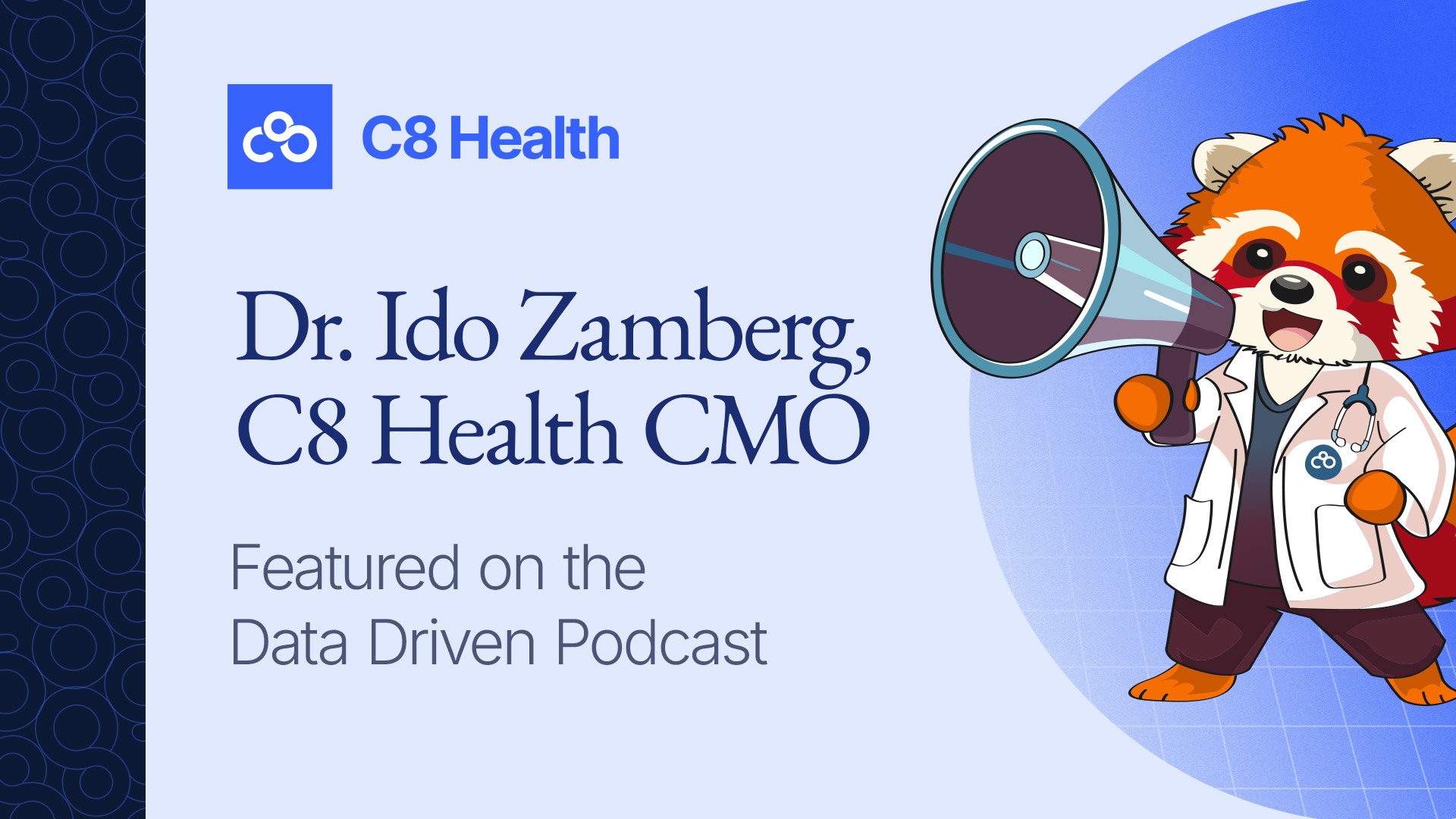How to Reduce Resident Burnout in Hospitals
Begin by understanding the root causes of resident burnout, then address the underlying factors.
See Full Bio
Learn about our
Editorial PolicyPublished May 15, 2025.
Medical resident burnout has become an epidemic in US healthcare. A survey by the Journal of the American Medical Association (JAMA) indicates that 45% of medical residents have experienced symptoms of burnout. Those numbers have fluctuated since the COVID-19 pandemic, but it’s clear that more needs to be done to address the underlying causes of such high burnout rates.
Burnout isn’t just a personal issue, but a patient care and workforce issue. Residents with burnout are more prone to medical errors (Medicina) and less empathetic in their patient interactions (PLOS One). They may also consider leaving training or the profession altogether, contributing to staffing shortages, which further strains medical residents and physicians who choose to remain in the profession. The problem becomes cyclical, creating a ripple effect with implications far beyond the medical world.
Reducing resident burnout starts by first understanding what contributes to it in the first place.
Key Factors Contributing to Resident Burnout
Cultural factors, workplace inefficiencies, and cumulative stressors form a complex web that drives burnout among medical residents. Many training environments glorify endurance, stigmatize vulnerability, and prioritize productivity over well-being. Intentional or not, this can pressure residents to ignore signs of fatigue and distress. Simultaneously, workplace inefficiencies such as poorly designed workflows, excessive administrative tasks, inadequate staffing, and cumbersome technology systems force residents to spend disproportionate time on non-clinical duties, eroding their sense of purpose.
Compounding these problems are stressors such as long hours, frequent night shifts, emotional toll from patient care, and exposure to workplace violence and mistreatment. Together, these factors can create an environment of chronic stress, diminished control, and emotional exhaustion, significantly heightening the risk of burnout and threatening both resident well-being and patient care quality.
|
Burnout Factor |
Supporting Data |
|
Excessive workload and scheduling strain |
Long shifts, frequent night calls, and inadequate time for recovery lead to physical and mental exhaustion. One study published in the National Academy of Medicine found that the lack of work-life balance due to demanding schedules is a core contributor to burnout. It also found that having little control over schedules or patient loads can worsen the issue. |
|
Rise in workplace violence |
A cross-sectional study published in JAMA Network Open found that 45.1% of emergency medicine residents reported experiencing some form of mistreatment, including verbal or emotional abuse, physical abuse, or sexual harassment. These experiences were associated with an increased likelihood of burnout, depression, and posttraumatic stress disorder. |
|
Lack of support and mentorship |
The residency years are stressful, and residents may feel isolated or overwhelmed without strong support systems. According to a paper published in the National Academy of Medicine, inadequate social support from peers or faculty is associated with higher burnout. |
|
Administrative burden and inefficient workflows |
Residents today spend much of their day on documentation and clerical tasks, often in the electronic health record. Research by the Mayo Clinic has linked poor EHR usability and heavy documentation loads to greater burnout. The more time residents spend clicking checkboxes or searching for information, the less meaningful clinical work they feel they’re doing. |
Strategies to Reduce Resident Burnout
It’s not all doom and gloom. A growing body of research and innovation has pointed to solutions that can prevent or reduce burnout among medical trainees. Healthcare leaders can implement a multi-pronged approach to tackle the issue:
Reduce Cognitive Load with Knowledge Management Tools
Having a centralized, easily searchable repository of institutional protocols and medical references saves residents from frustration and wasted time. This is where knowledge management platforms come in. A platform like C8 Health is a unified hub for clinical knowledge, learning resources, and decision support, all integrated into a hospital’s workflow.

Healthcare workers take to these platforms quickly. Within six months of implementation, over 80% of clinicians were actively using C8 Health, with 94% consulting it for complex procedures. These tools streamline clerical tasks, allowing residents to devote more time to learning and patient care while maintaining accuracy and compliance. Book a demo today to learn more.
Provide Peer Support, Coaching, and Mentorship
Formal resident support groups or “buddy” systems pairing junior and senior residents create safe spaces to vent, share experiences, and normalize the challenges of training. In one randomized trial published by JAMA, residents who underwent biweekly coaching sessions saw a 17% drop in burnout compared to a 4% increase in the control group. Another JAMA study specifically for female physicians demonstrated that group coaching lowered burnout and boosted resilience, based on a variety of Likert-scale responses.
Hospitals can either build programs from the ground up or leverage existing frameworks for easier adoption. For example, the Schwartz Rounds program provides an open forum for healthcare workers to discuss the psychological aspects of working in the field, and participants have been found to have reduced psychological distress by 50% compared to non-attendees.
Invest in Wellness Programs
Many residency programs now have dedicated wellness initiatives like counseling services, stress management workshops, dedicated “wellness days,” and facilitated group debriefings after difficult cases. Wellness programs don’t necessarily need to be complex; the American Medical Association’s Joy in Medicine program provides a simple framework for implementing and measuring wellness initiatives within medical organizations.
Studies on Resident Wellness Program Efficacy
While implementing wellness strategies can have tangible benefits, it’s important to understand the exact impact institutions can expect from shifting priorities. Analyzing recent research helps clarify these outcomes. These studies demonstrate how wellness programs can positively impact resident wellness:
|
Study |
Participants |
Key Findings |
|
University of Colorado Internal Medicine Residency Program |
Implementing a new 4+4 block scheduling (4 weeks inpatient, 4 weeks outpatient) significantly reduced burnout. Emotional exhaustion and depersonalization scores improved after the scheduling reform. Suggests that smarter scheduling can improve burnout by compartmentalizing ambulatory and inpatient work. |
|
|
21 studies of physicians (residents and attendings) |
Meta-analysis of burnout interventions found that combined individual and organizational strategies yield measurable benefits. Rates of high emotional exhaustion dropped from 38% to 24% on average with interventions, but require both individual and systemic changes for meaningful reductions in burnout. |
|
|
Harvard South Shore Psychiatry Residency Training Program |
Residents implemented organizational changes, including improved on-call experiences, increased social activities, and wellness education. These initiatives led to measurable improvements in resident wellness and reductions in burnout. |
Build a Brighter Future for Medical Staff
Medical residents are the future of healthcare. Supporting them through the gauntlet of residency ensures high-quality patient care, preserves our physician workforce, and upholds the humanitarian values of medicine. Burnout is a formidable challenge, but it is preventable with concerted effort and the right tools. Many hospitals are already seeing positive results by taking these steps. It’s time to join them.
For a deeper exploration of how knowledge management can transform clinician workflows and reduce burnout, download our free State of Knowledge Management report. The detailed report offers insights into current gaps and practical recommendations to improve information flow in medical organizations.
Disclaimer: Our content serves informational purposes only and shouldn't replace the advice and services of qualified professionals. While we strive for accuracy, we cannot guarantee an entirely error-free experience. C8 Health will not be liable for any losses or damages resulting from the use of our content.
.jpg)


.jpg)
.jpg)
.jpg)